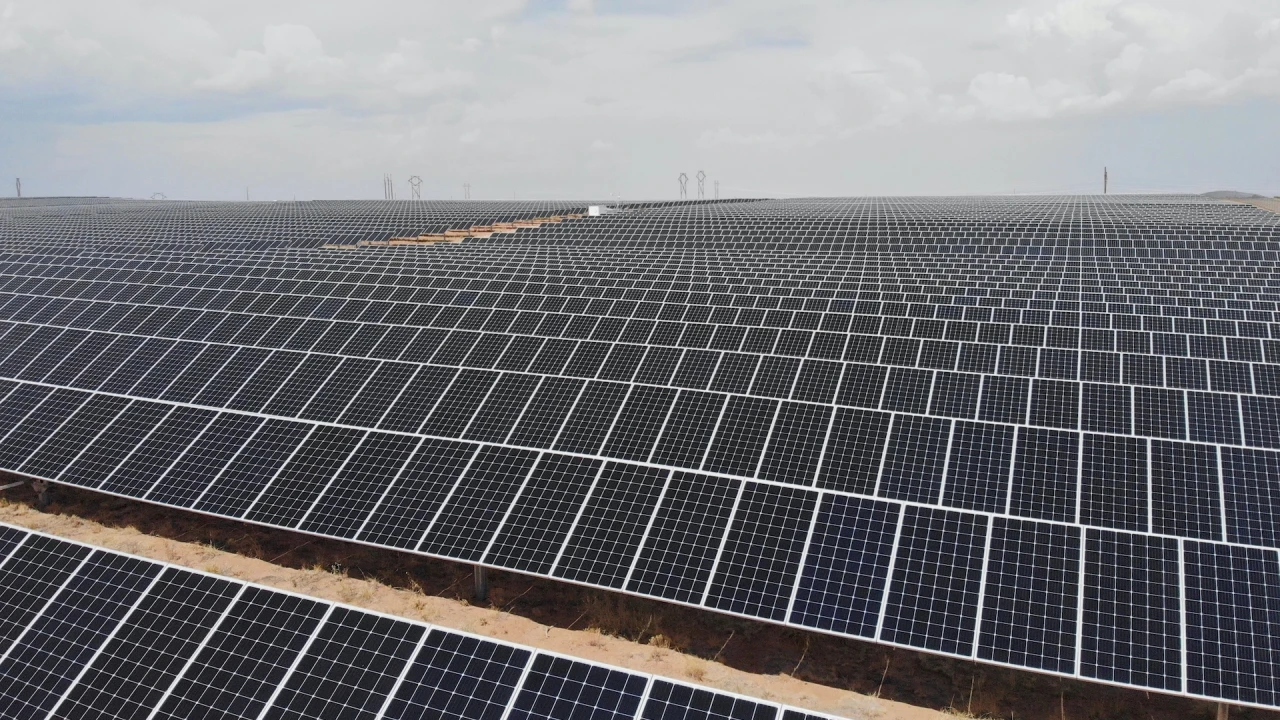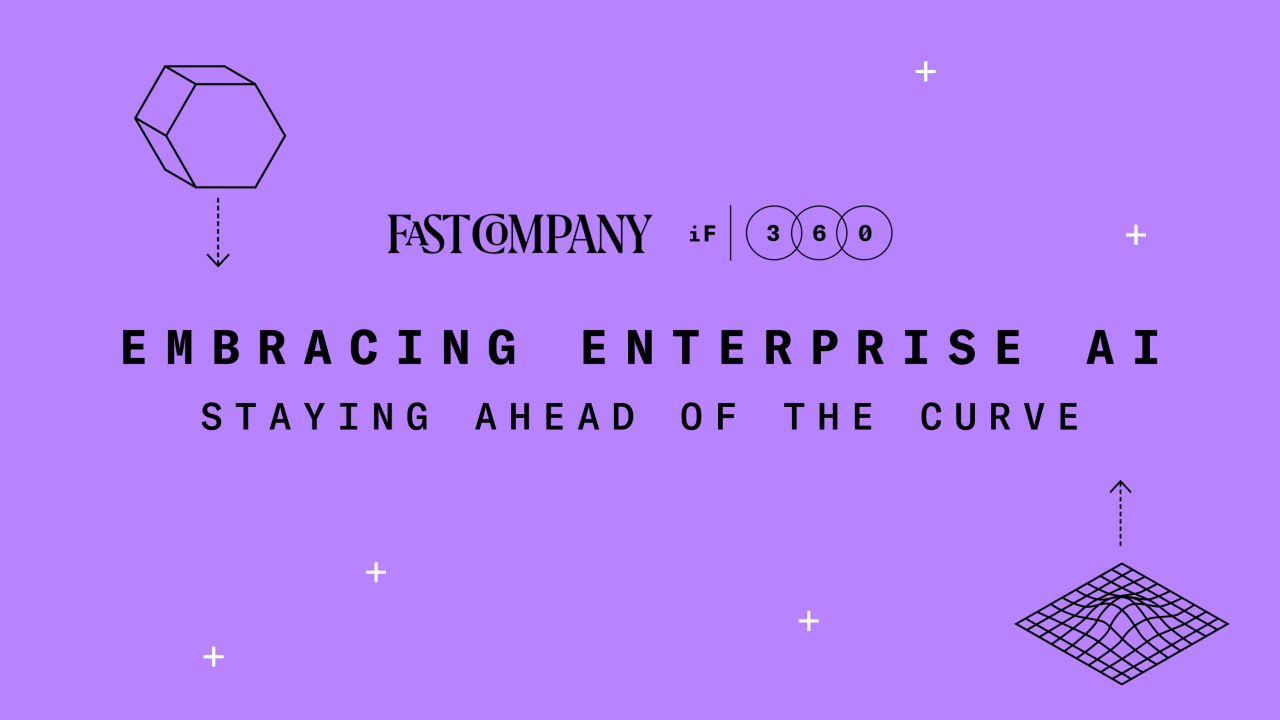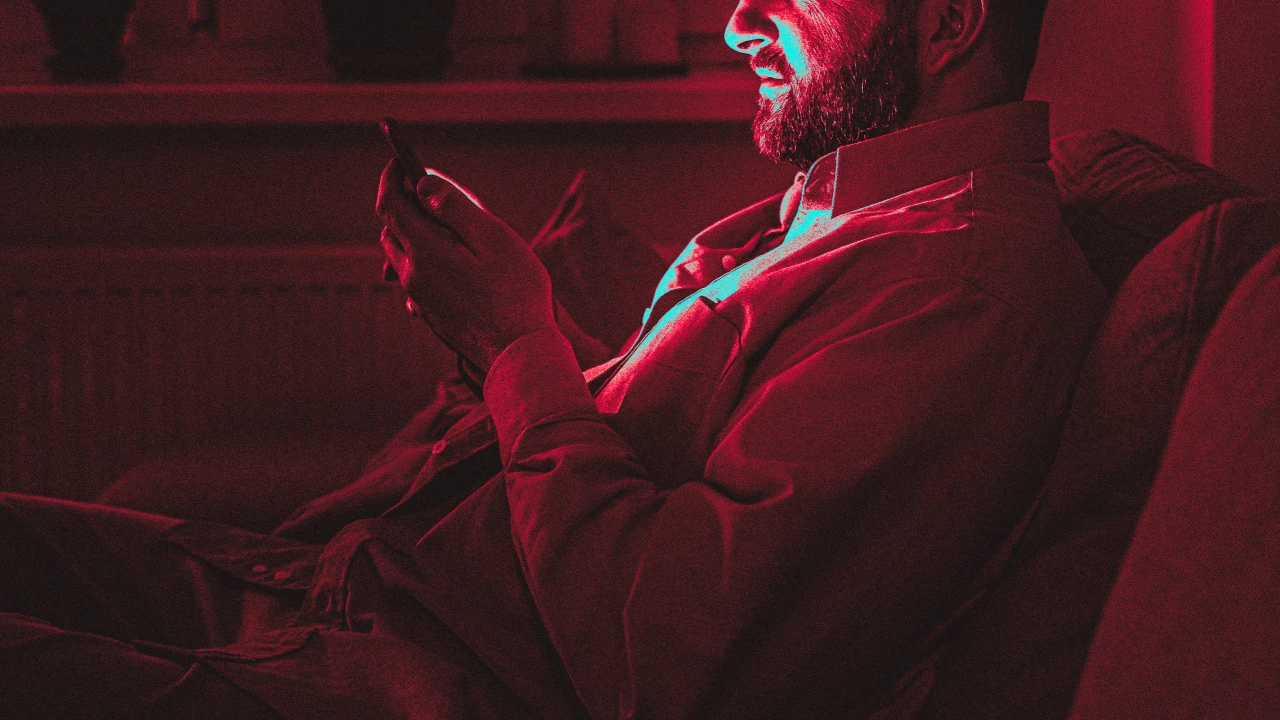What is ‘ghostworking’? Most employees say they regularly pretend to work
There’s nothing spooky about ghostworking, apart from how popular it may be right now. The newly coined term describes a set of behaviors meant to create a façade of productivity at the office, like walking around carrying a notebook as a prop or typing random words just to generate the sound of a clacking keyboard. (Some might call this Costanza-ing, after Jason Alexander’s example on a memorable episode of Seinfeld.) Pretending to be busy at the office is not something workers recently invented, of course, but it appears to be reaching critical mass. According to a new survey, more than half of all U.S. employees now admit to regularly ghostworking. That statistic doesn’t necessarily mean, however, that the American workforce is mired in permanent purgatory. Conducted by top resume-building service Resume Now, the report is based on a survey of 1,127 U.S. workers this past February. The results show that 58% of employees admit to regularly pretending to work, while another 34% claim they merely do so from time to time. What might be most striking about the report’s findings, though, are some of the elaborate methods workers use to perform productivity. Apparently, 15% of U.S. employees have faked a phone call for a supervisor’s benefit, while 12% have scheduled fake meetings to pad out their calendars, and 22% have used their computer keyboards as pianos to make the music of office ambiance. As for what these employees are actually doing while pretending to crush deliverables, in many cases it’s hunting for other jobs. The survey shows that 92% of employees have job-searched in some way while on the clock, with 55% admitting they do so regularly. In fact, some of those fake calls employees have made while walking around the office may have been on the way to making real calls to recruiters, since 20% of those surveyed have taken such calls at work. While ghostworking may overlap in some ways with the quiet quitting trend that emerged in 2023, there’s a clear distinction between them. It hinges on the definition of the word “perform.” “Someone who is quiet quitting has essentially checked out of their job mentally and is performing the bare minimum of work necessary,” says Keith Spencer, a career expert at Resume Now. “They are flying under the radar and operating in a way that avoids any attention. Ghostworking, on the other hand, is a performance. It involves actively projecting an appearance of busyness without actually engaging in meaningful work.” If quiet quitting was a response to pandemic-era burnout and an abrupt surge in return to office mandates, ghostworking appears to be a response to, well, everything that has happened since. Even before the newly created DOGE began decimating some government and contractor offices around the country in late-January, the waves of layoffs starting in 2023 have continued to gain momentum in the tech world and beyond. Unemployment is still fairly low at 4.2%, not counting those workers who are “functionally unemployed,” but workers everywhere are worried about a recession. Meanwhile, the drive to incorporate AI into workflow at most companies has created a palpable sense of uncertainty around exactly how to perform jobs in the present, and whether those jobs will even exist in the future. It’s no wonder a recent LinkedIn Workforce Confidence Survey found that U.S. workers’ faith in their job security and ability to find new work has plummeted to its lowest level since April 2020, during the onset of the pandemic. Adding to this decline in morale and engagement is a recent decrease in clarity of expectations. According to a Gallup poll from January, just 46% of employees clearly know what’s expected of them at work these days, down 10 points from a high of 56% in March 2020. Many workers now live with the tacit understanding that they will have to work harder than ever to avoid getting caught in an impending cull, but without quite being aligned with management on what that work entails. It’s in this kind of office environment that ghostworking seems to thrive. “The workforce is currently under immense pressure to appear productive, even when it’s counterintuitive to actual productivity,” Spencer says. “These behaviors point to a deeper disconnect between how productivity is perceived and how it’s actually delivered. In many cases, the appearance of working has become just as important as the work itself.” The Resume Now survey indicates that 69% of employees believe they’d be more productive if their manager monitored their screen time. However, this invasive approach to task visibility seems destined to backfire. A 2023 report from analytics firm Visier found that employees faced with surveillance tools were “more than twice (and in some cases three times) as likely to commit the most egregious performative behaviors, like keeping a laptop screen awake while not working, asking someone to do a task for them, and exaggerat

There’s nothing spooky about ghostworking, apart from how popular it may be right now. The newly coined term describes a set of behaviors meant to create a façade of productivity at the office, like walking around carrying a notebook as a prop or typing random words just to generate the sound of a clacking keyboard. (Some might call this Costanza-ing, after Jason Alexander’s example on a memorable episode of Seinfeld.)
Pretending to be busy at the office is not something workers recently invented, of course, but it appears to be reaching critical mass. According to a new survey, more than half of all U.S. employees now admit to regularly ghostworking. That statistic doesn’t necessarily mean, however, that the American workforce is mired in permanent purgatory.
Conducted by top resume-building service Resume Now, the report is based on a survey of 1,127 U.S. workers this past February. The results show that 58% of employees admit to regularly pretending to work, while another 34% claim they merely do so from time to time. What might be most striking about the report’s findings, though, are some of the elaborate methods workers use to perform productivity. Apparently, 15% of U.S. employees have faked a phone call for a supervisor’s benefit, while 12% have scheduled fake meetings to pad out their calendars, and 22% have used their computer keyboards as pianos to make the music of office ambiance.
As for what these employees are actually doing while pretending to crush deliverables, in many cases it’s hunting for other jobs. The survey shows that 92% of employees have job-searched in some way while on the clock, with 55% admitting they do so regularly. In fact, some of those fake calls employees have made while walking around the office may have been on the way to making real calls to recruiters, since 20% of those surveyed have taken such calls at work.
While ghostworking may overlap in some ways with the quiet quitting trend that emerged in 2023, there’s a clear distinction between them. It hinges on the definition of the word “perform.”
“Someone who is quiet quitting has essentially checked out of their job mentally and is performing the bare minimum of work necessary,” says Keith Spencer, a career expert at Resume Now. “They are flying under the radar and operating in a way that avoids any attention. Ghostworking, on the other hand, is a performance. It involves actively projecting an appearance of busyness without actually engaging in meaningful work.”
If quiet quitting was a response to pandemic-era burnout and an abrupt surge in return to office mandates, ghostworking appears to be a response to, well, everything that has happened since. Even before the newly created DOGE began decimating some government and contractor offices around the country in late-January, the waves of layoffs starting in 2023 have continued to gain momentum in the tech world and beyond. Unemployment is still fairly low at 4.2%, not counting those workers who are “functionally unemployed,” but workers everywhere are worried about a recession.
Meanwhile, the drive to incorporate AI into workflow at most companies has created a palpable sense of uncertainty around exactly how to perform jobs in the present, and whether those jobs will even exist in the future. It’s no wonder a recent LinkedIn Workforce Confidence Survey found that U.S. workers’ faith in their job security and ability to find new work has plummeted to its lowest level since April 2020, during the onset of the pandemic.
Adding to this decline in morale and engagement is a recent decrease in clarity of expectations. According to a Gallup poll from January, just 46% of employees clearly know what’s expected of them at work these days, down 10 points from a high of 56% in March 2020. Many workers now live with the tacit understanding that they will have to work harder than ever to avoid getting caught in an impending cull, but without quite being aligned with management on what that work entails. It’s in this kind of office environment that ghostworking seems to thrive.
“The workforce is currently under immense pressure to appear productive, even when it’s counterintuitive to actual productivity,” Spencer says. “These behaviors point to a deeper disconnect between how productivity is perceived and how it’s actually delivered. In many cases, the appearance of working has become just as important as the work itself.”
The Resume Now survey indicates that 69% of employees believe they’d be more productive if their manager monitored their screen time. However, this invasive approach to task visibility seems destined to backfire. A 2023 report from analytics firm Visier found that employees faced with surveillance tools were “more than twice (and in some cases three times) as likely to commit the most egregious performative behaviors, like keeping a laptop screen awake while not working, asking someone to do a task for them, and exaggerating when giving a status update.” Even if surveillance did prove effective against ghostworking, it would be an attack on its symptoms, rather than the root causes.
The ongoing return to office resurgence has left many employees feeling like they’re working inside of a fishbowl, right as other external factors have made their jobs more challenging and less stable. Some data shows that workers are just as productive while working from home as at the office, while other studies find workers are even more productive at home.
Still, for some leaders, a full office humming with deskside chats that could possibly be brainstorming sessions is the only productivity metric that matters. Employees sensing a greater need to broadcast that they’re getting work done than to actually do the work at hand suggests managers may be rewarding performative work. Whatever the solution to the ghostworking trend might be for any individual company, it will likely have to come from those managers shifting their thinking.
As Spencer notes, “When managers offer more trust, flexibility, and space to do meaningful work—instead of focusing on constant visibility—teams are more likely to stay engaged and actually deliver.”

















































































































































